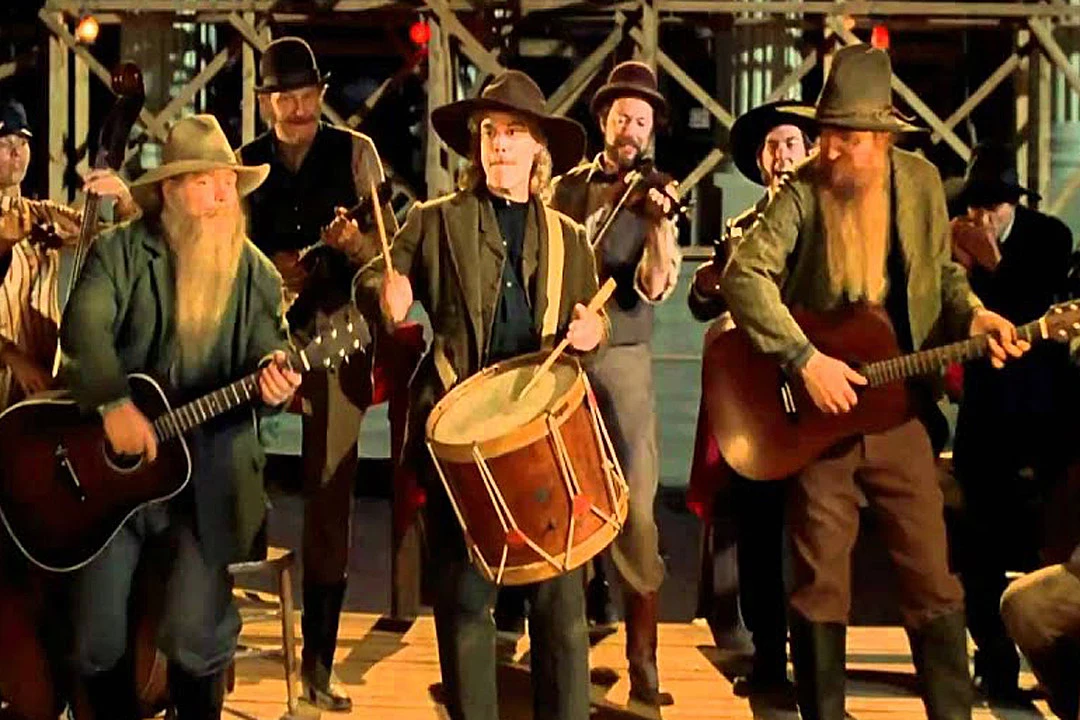
30 Years Ago: ZZ Top Rock Hill Valley in ‘Back to the Future Part III’
by Corey IrwinWhen Back to the Future III hit theaters on May 25, 1990, it brought along an unexpected cameo. There, alongside familiar characters Marty McFly and Doc Brown, were the iconic bearded rockers, ZZ Top.
The film's plot sent its time-traveling heroes back to the Old West, a time period which fit ZZ Top a little too perfectly. An awkward moment greeted the rock stars when they showed up on set, as the crew didn't recognize who they were.
“Initially, we were, in fact, mistaken for old west extras by some of the crew after we arrived on set,” Billy Gibbons admitted in a 2017 interview with U.K. newspaper the Daily Express.
Director Robert Zemeckis was already a fan of the band and had enlisted ZZ Top to record a song for the film. Still, it took some extra lobbying to earn the group some screen time.
“They were doing all-night shooting,” bassist Dusty Hill recalled in a conversation with UCR’s Matt Wardlaw, “and I remember that I made sure I was sitting over there by Robert Zemeckis, the director. I kept saying, 'You know, it looks like we belong in this movie! I mean, you don’t hardly even need to use makeup on us!'"
Zemeckis was sure to give the group ample attention, highlighting the trio during a town dance.
“We didn't want to just have a classic fiddle band,” the director explained in one of the film’s behind-the-scenes interviews. “We wanted to put a little spin on it.”
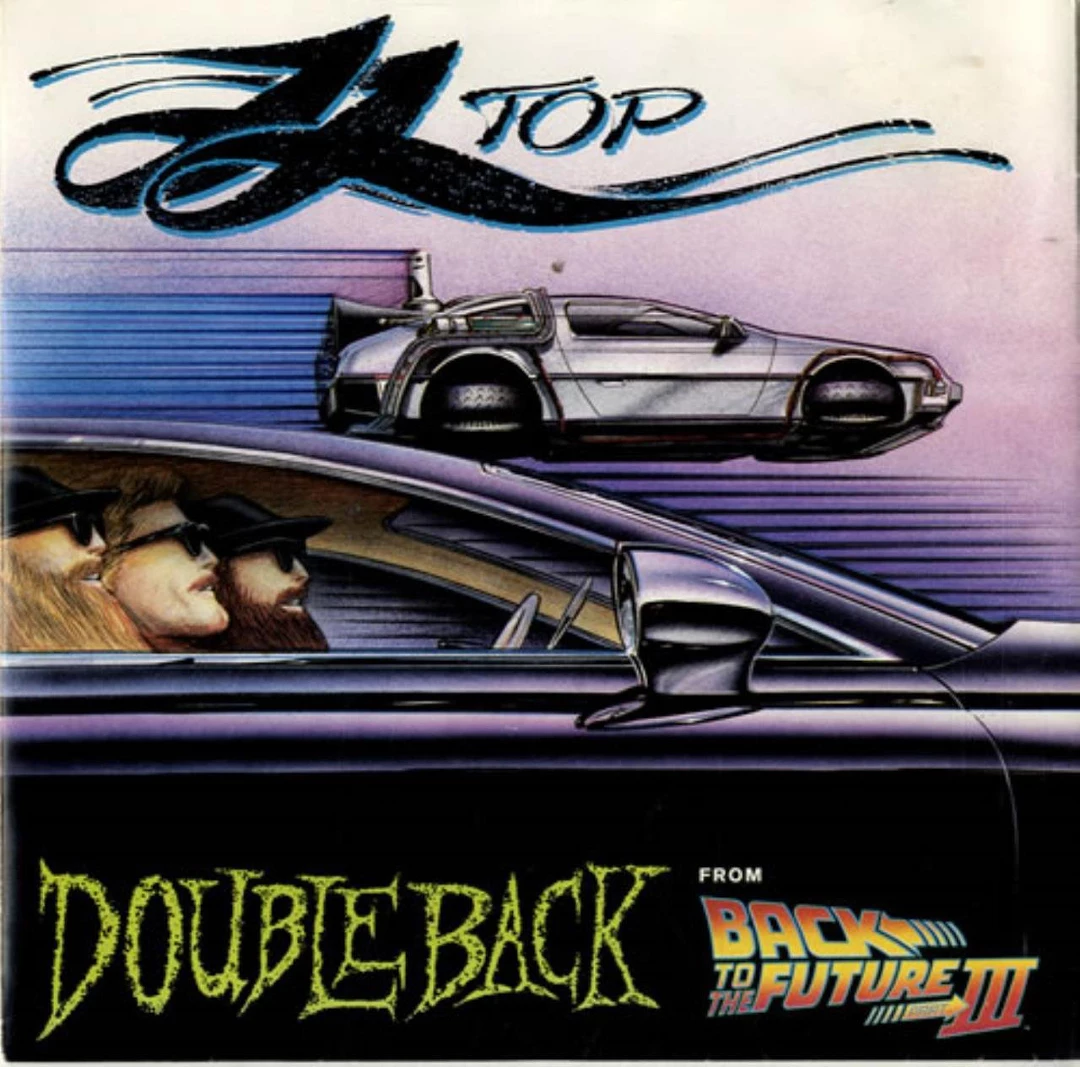
“They were great guys,” added the time-traveling trilogy's star, Michael J. Fox, who was clearly excited by ZZ Top’s involvement. “Beards and everything, as advertised. They showed up in Sonora (California) and came out and did their stuff and in between takes they’d sit and play the blues, the acoustic guitars, like mini jam sessions. It was a lot of fun.”
Though the band was generally a joy on set, they did get into a little bit of trouble, messing around with some of the many gun props and putting the film's continuity at risk. "You’ve got to cause a little trouble," laughed Hill, later reflecting on the experience.
In their scene, ZZ Top delivered an acoustic, countrified version of their song “Doubleback.” The harder-rocking, electric version of the track played over the final credits of Back to the Future Part III. The song was not included on the film’s official soundtrack, though it did appear on ZZ Top’s 1990 LP Recycler.
“Doubleback” hit No. 1 on the Billboard Mainstream Rock chart, while its video - featuring footage of the band compiled with clips from the movie - earned an MTV VMA nomination for Best Video From a Film.
Watch the Music Video for ZZ Top's "Doubleback"
See ZZ Top in the Top 25 Southern Rock Albums
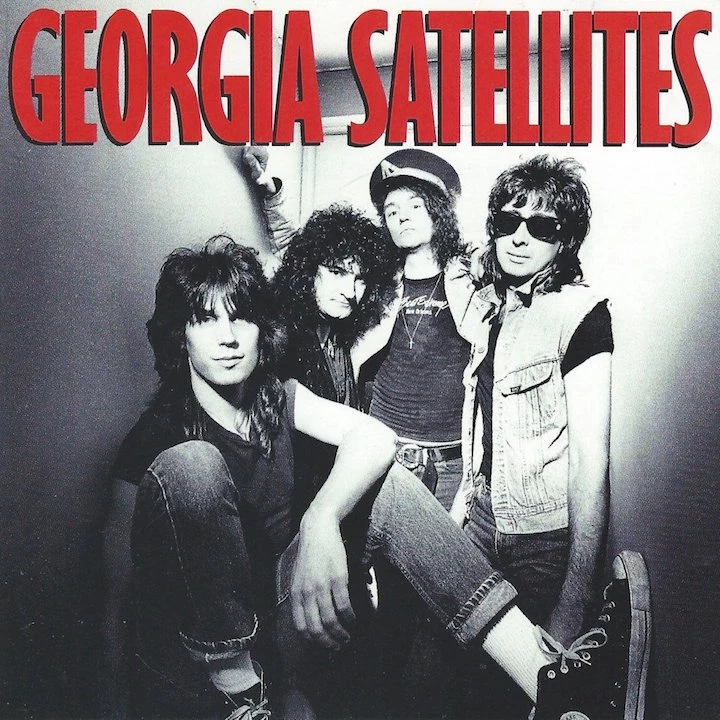
No. 25. Georgia Satellites, 'Georgia Satellites' (1986)
They shouldn't have been one-hit wonders, since 1988's Open All Night was pretty good too. Nevertheless, the Atlanta-based Georgia Satellites' self-titled debut remains their lone claim to fame. At the time, this kind of down-home rootsy rock was as rare as it was badly needed. But that left-field sound remained out of step with pop trends, and their humorous No. 2 smash "Keep Your Hands to Yourself" tended to come off like a novelty song. They soon broke up, only to reform later with a lineup that didn't include frontman Dan Baird.
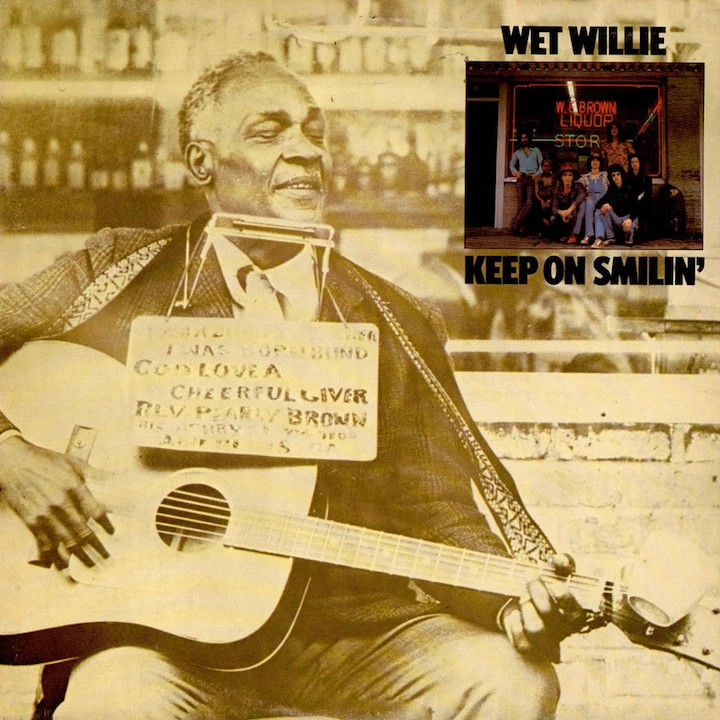
24. Wet Willie, 'Keep On Smilin'' (1974)
Progenitors of a soul-focused brand of Southern rock, this Mobile, Ala., band loosened up on its third album and finally found its audience. The happy-go-lucky, appropriately named Keep on Smilin' almost cracked the Top 40 on Billboard's albums chart, Wet Willie's highest-ever showing. The title track was its bell cow and its big hit, a No. 10 smash that ran country rock through a reggae filter. Wet Willie ended up scoring two more Top 40 singles, but "Keep on Smilin'" will always be their signature song.

23. Gregg Allman, 'Laid Back' (1973)
The title here says it all, as Gregg Allman coasts out of the Allman Brothers Band's charging fusion-blues into something more contemplative and direct. That's best heard on his dreamy reworking of "Midnight Rider," which had first appeared on 1970's Idlewild South. But the whole album, recorded as Dickey Betts began to take a more central leadership role on the Allmans' tandem Brothers and Sisters project, feels just as personal. Allman's best solo album also expands his sound into the influences of R&B and gospel that surrounded him as a kid in Florida.
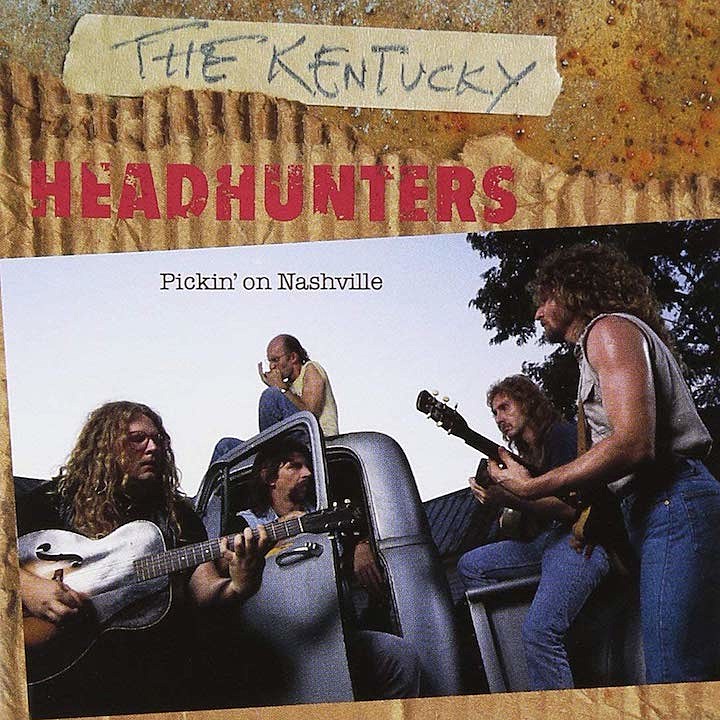
22. Kentucky Headhunters, 'Pickin' on Nashville' (1989)
The Billboard charts (where Pickin' on Nashville produced four Top 40 singles, including their No. 8 hit cover of Don Gibson's "Oh Lonesome Me") and awards shows tended to pigeonhole the Kentucky Headhunters as a country act, but they were always far more than that. This album put them in league with rootsy Southern rock acts like the Marshall Tucker Band, despite that Grammy for best country performance. Unfortunately, the Kentucky Headhunters' original lineup held for only one more album before brothers Doug and Ricky Lee Phelps went solo in 1992. Taking a more traditional bent, they re-recorded "Ragtop" from this debut in 1994.
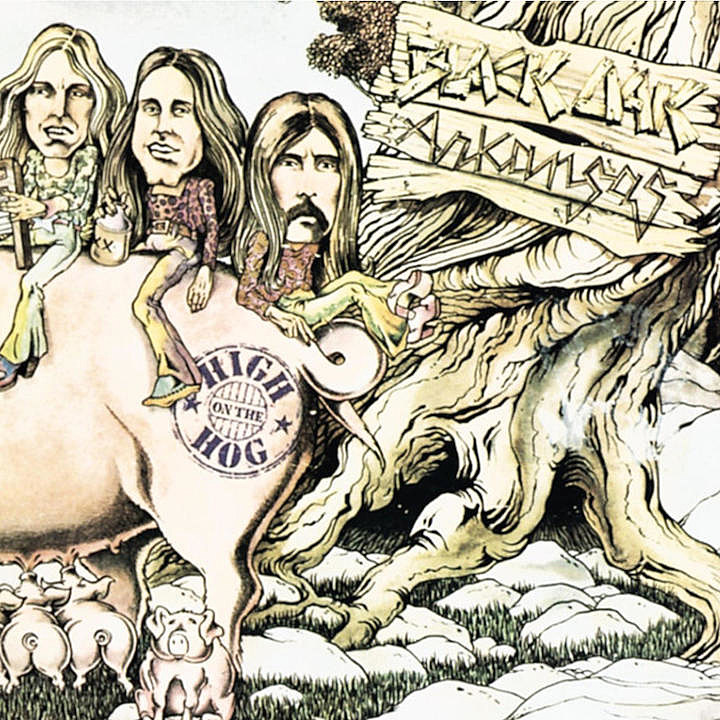
21. Black Oak Arkansas, 'High on the Hog' (1973)
Black Oak Arkansas likely would have been a lot more famous had they ever settled on one definitive Deep South style. Fame's loss, however, was High on the Hog's gain. Black Oak Arkansas flex every musical muscle here, even if the album will always be dominated by their stomping cover of LaVern Baker's R&B classic "Jim Dandy." For every classic Southern rock moment like "Red Hot Lovin'," they add left turns like the thunderous funk of "Swimmin' in Quicksand," the kitchen-sink instrumental "Moonshine Sonata" and the country honk of "Back to the Land." It's a wild ride, and a fun one.
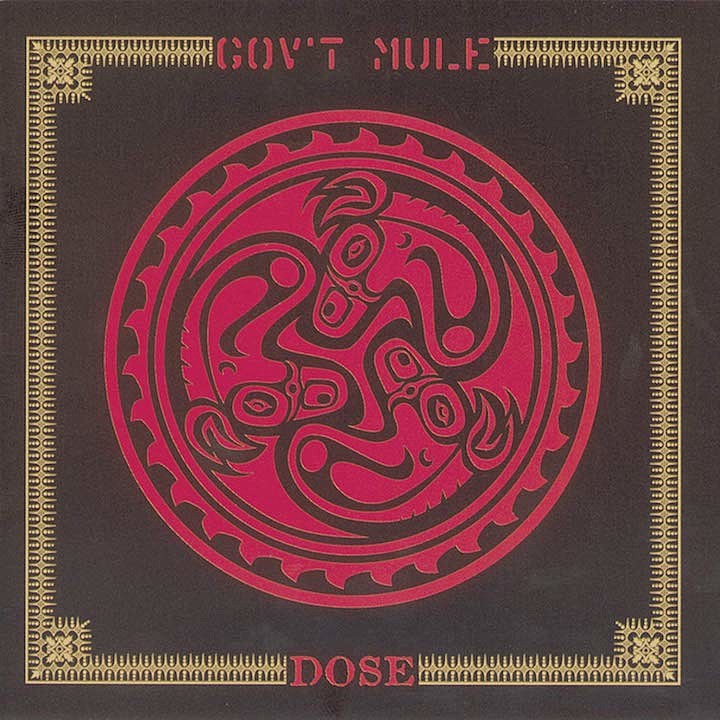
20. Gov't Mule, 'Dose' (1998)
You come in expecting an Allman Brothers Band feel, owing to late-period associations with both Warren Haynes and Allen Woody. What was a interesting is the way Gov't Mule expanded upon that on a tour de force album that was at once darker than their debut, more detailed and far more musically ambitious. They'd started out trying to show that Southern rock could work in a power-trio format; now they were ready to race further out – much further out. It all comes together on "Thorazine Shuffle," a band showcase in the truest sense of the word. But there are great songs throughout.

19. Blackfoot, 'Strikes' (1979)
Rickey Medlocke first tenure with Lynyrd Skynyrd ended when he decided to focus on Blackfoot, perhaps the heaviest of the classic-era Southern rock bands. Bad move. Skynyrd's star rose quickly, while Blackfoot spent most of the '70s putting out middle-of-the-road records. By the end of the decade, however, their fates had switched: Skynyrd's career seemed lost after the band's aircraft went down, then Blackfoot finally found the right musical mix on Strikes. They began with the mountain-moving "Road Fever," but it wasn't all metal flash. The heartfelt "Left Turn on a Red Light" is a lonesome delight, and they swerve confidently into Skynyrd's lane on "Highway Song." Then there's the bluesy "Train, Train," which finds Rickey's grandfather Shorty Medlocke playing a feisty harmonica.
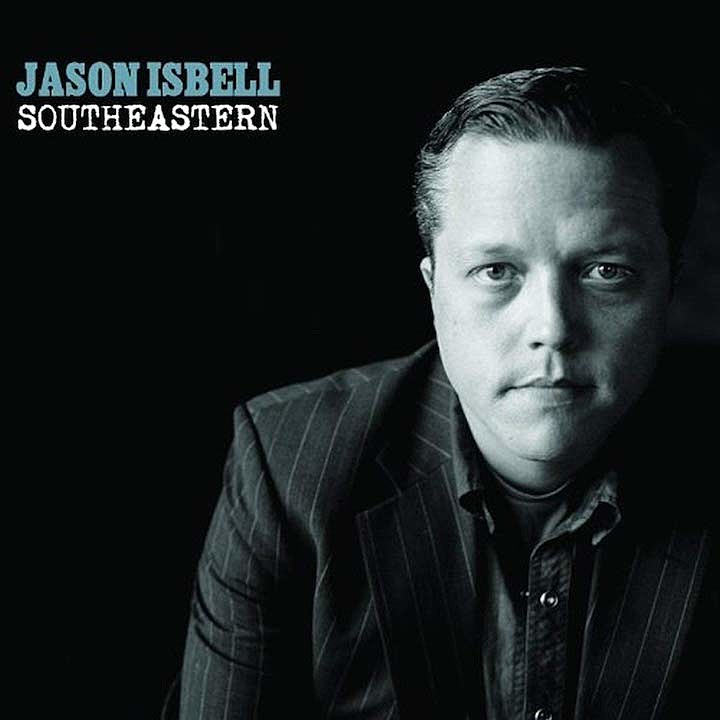
18. Jason Isbell, 'Southeastern' (2013)
"This time," Jason Isbell said as he began work on his first post-rehab album, "I want to remember it all." And he wasn't just talking about sobriety. Isbell had never put out a deeper, more personal record. In keeping, he approached things in a simpler, more straightforward way – recording his vocals in one take, often without his regular band. Everything felt close up, like a confidant sharing secrets. Some of them, quite frankly, were awful secrets, terrible things that have to be reckoned with. Thankfully, Isbell's utterly unflinching recitations served as their own kind of reassurances.
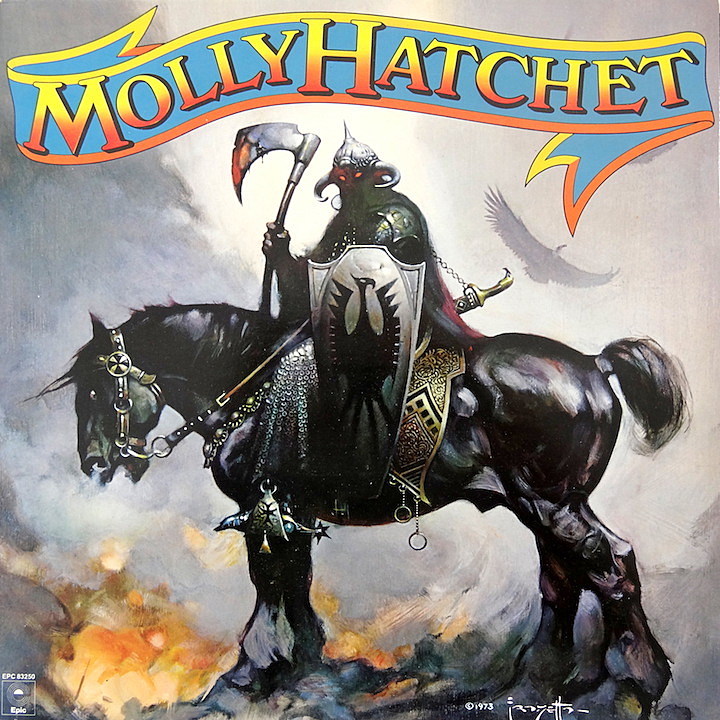
17. Molly Hatchet, 'Molly Hatchet' (1978)
In the wake of Lynyrd Skynyrd's horrifying plane crash, Molly Hatchet initially seemed to fill a Skynyrd-sized void. (Multi-guitar lineup? Check! Florida roots? Yep! Super-long hair? Of course!) What set them apart was a penchant for fast-charging boogie-blues – oh, and the guts to rework an old Allman Brothers Band into the radio-ready "Dreams I'll Never See." Less country-inflected (perhaps because of the presence of Cheap Trick producer Tom Werman), Molly Hatchet benefited from a moment-in-time opening, but they sealed the deal with their own redneck gumption.
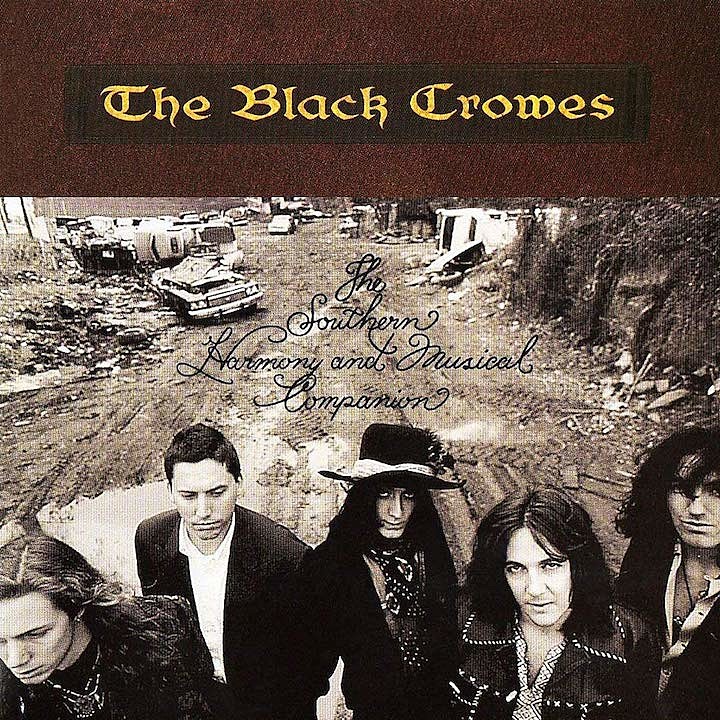
16. The Black Crowes, 'The Southern Harmony and Musical Companion' (1992)
The Black Crowes stretched out on their sophomore release, adding guitarist Marc Ford to what could have been a tried-and-true Rolling Stones-meets-Faces-meets-Humble Pie mix beside Rich Robinson. Instead, they began hinting at musical choices that weren't so clearly delineated – and the Top 40 hits dried up. ("Thorn in My Pride," the Black Crowes' last charting song, stalled at No. 80.) This was really just a sign to come. Southern Harmony and Musical Companion can now be seen as a bridge between their more song-oriented first record and the longer-form explorations that followed.
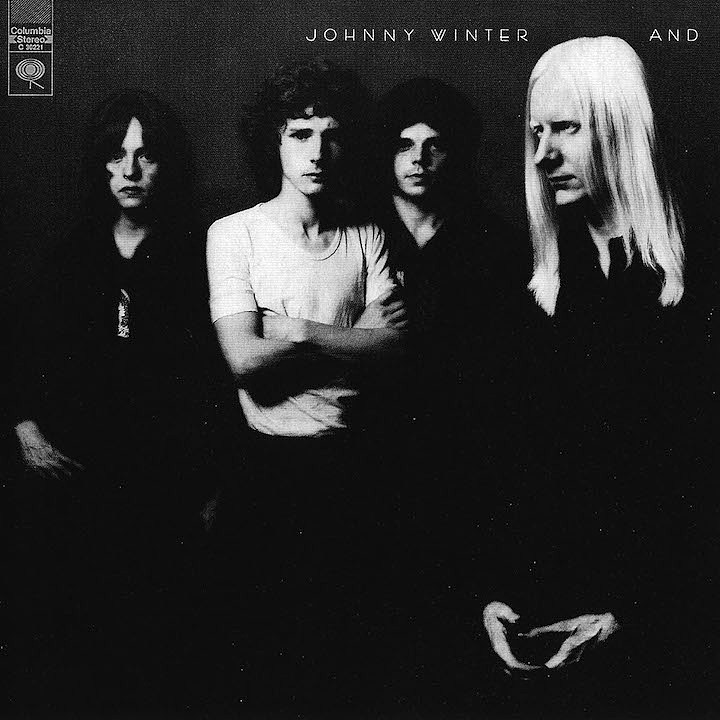
15. Johnny Winter, 'And' (1970)
Great album, dumb title -- since it implies Johnny Winter is joined here by a group of faceless sidemen. In fact, And found the Texas-born guitarist tossing out the staid blues of his first two records, buoying his career with a flinty new rock-focused attitude. Credit goes, in no small way, to Rick Derringer and the McCoys, an able backing back that pushed Winter as much as they complemented him. The guitar interplay between Winter and Derringer, in fact, provides the backbone of Winter's most complete album – and Derringer's songs are the best of the lot.
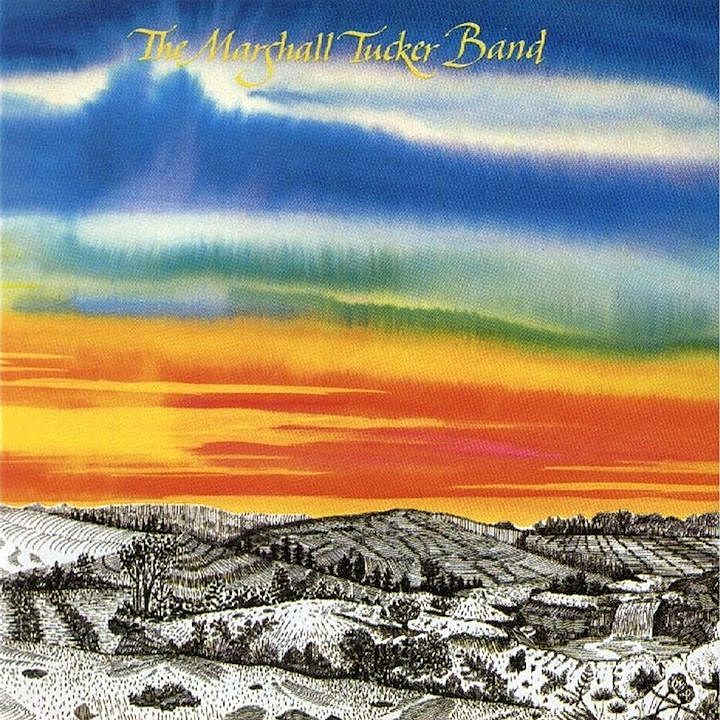
14. The Marshall Tucker Band, 'The Marshall Tucker Band' (1973)
The Marshall Tucker Band's legacy was framed by the tone-setting bluegrass and country of their upstate South Carolina youth, though they weren't limited to those basic influences. Songs like "Can't You See," their first charting song, were completed with notable jam-band and jazz elements. So they had no trouble revving up ("Take the Highway," "Ramblin'"), down shifting ("My Jesus Told Me So," "AB's Song") or just simply cruising happily along ("Hillbilly Band"). And in the end, that's what really set the Marshall Tucker Band apart: While their Southern rock brethren were raising holy hell, these guys tended toward a sense of sweet, sweet reverie.

13. Molly Hatchet, 'Flirtin' With Disaster' (1979)
"Whiskey Man," this album's on-the-nose opening track, might be the best song Lynyrd Skynyrd never released. Thankfully, Molly Hatchet quickly got back on track with "It's All Over Now," a bustling boogie number that's firmly entrenched in their own personal wheelhouse. Subsequent highlights included the perfectly named "Jukin' City," the great interplay of "Boogie No More" and the title track's timeless roadhouse swagger. Elsewhere, "One Man's Pleasure" also hewed too closely to the Skynyrd template, but by then Flirtin' With Disaster had already asserted itself as Molly Hatchet's best-ever album.
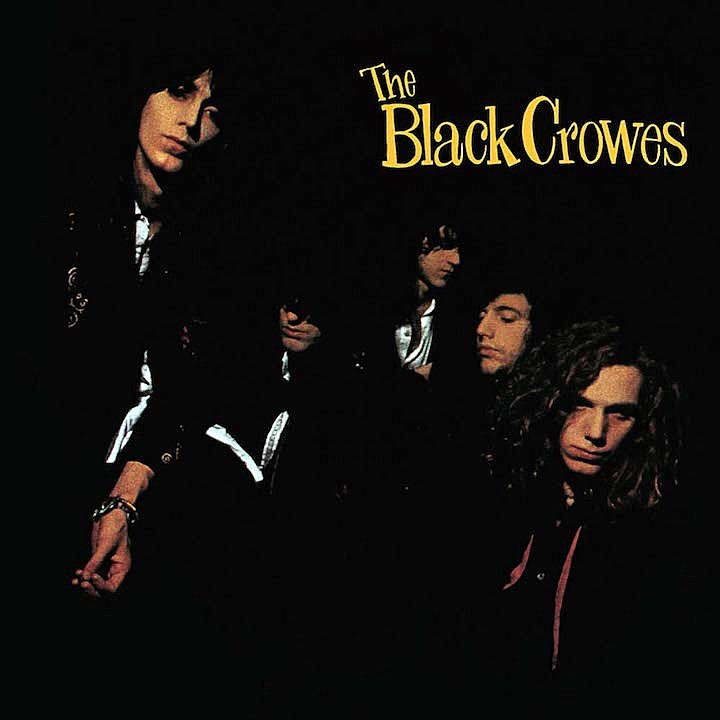
12. The Black Crowes, 'Shake Your Money Maker' (1990)
The highest-proof distillation of the Black Crowes' history-facing sound arrived on their concise multi-platinum debut. Shake Your Money Maker was important not because of what it said, so much as what it did. This was a like a biting, badly needed shot of brown liquor in an era dominated by umbrella drinks. (Billboard memorably published a contemporary think piece titled "Rock-a-Bye-Bye: Genre Left Behind in '90.") Then the Black Crowes arrived, piloting a way-back machine from a home base at Keith Richards' Villa Nellcôte. Maybe most of this had been done before – certainly "Hard to Handle" – but the familiarity of a swift kick in the ass doesn't make it any less needed sometimes.
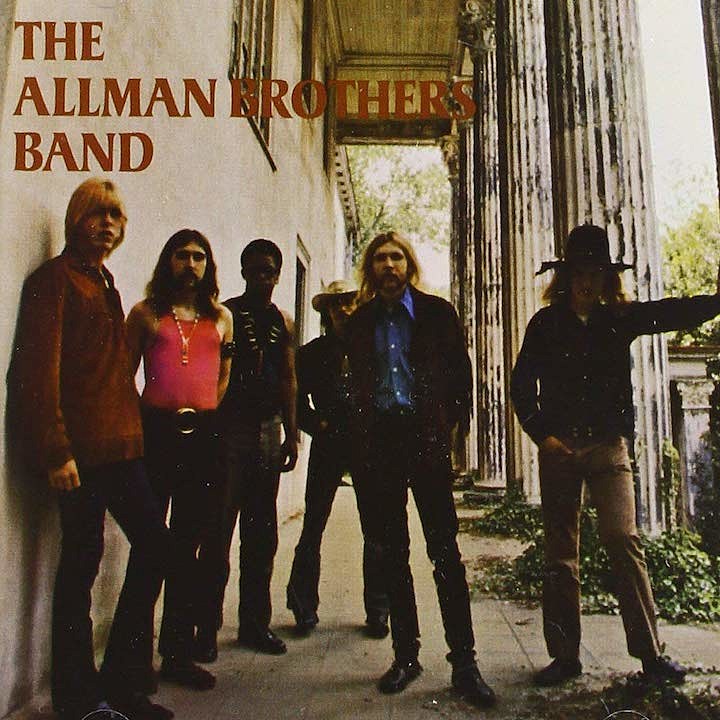
11. The Allman Brothers Band, 'The Allman Brothers Band' (1969)
This is more blues than jam, with only a whiff of psychedelia on "Dreams" and the very first inklings of the instrumental supernova that "Whipping Post" would become. It is, in the very truest sense of the word, embryonic. But only because we know now where the Allman Brothers Band were going; we know all what they'll accomplish over the next few years. But even without the gift of 20/20 hindsight, this self-titled debut would still be one of the most important debuts ever, and a signature '60s-era album in both the rock and blues genres. That nobody bought it at the time (and we mean that almost literally; The Allman Brothers Band peaked at No. 188) tells you just how far these guys had raced ahead of everyone else.

10. Lynyrd Skynyrd, 'Street Survivors' (1977)
The tragedy of Lynyrd Skynyrd's end on the way to that Baton Rouge show was underscored by this album's many triumphs. Singer-songwriter Ronnie Van Zant had returned reinvigorated from a break, and the addition of guitarist Steve Gaines gave the band a fresh impetus. You hear it everywhere on Street Survivors, which arrived just days before both were lost in the crash. Their best album since 1974's Second Helping, Street Survivors would have positioned Skynyrd for their next era of greatness. Instead, it rang for years as a death knell.
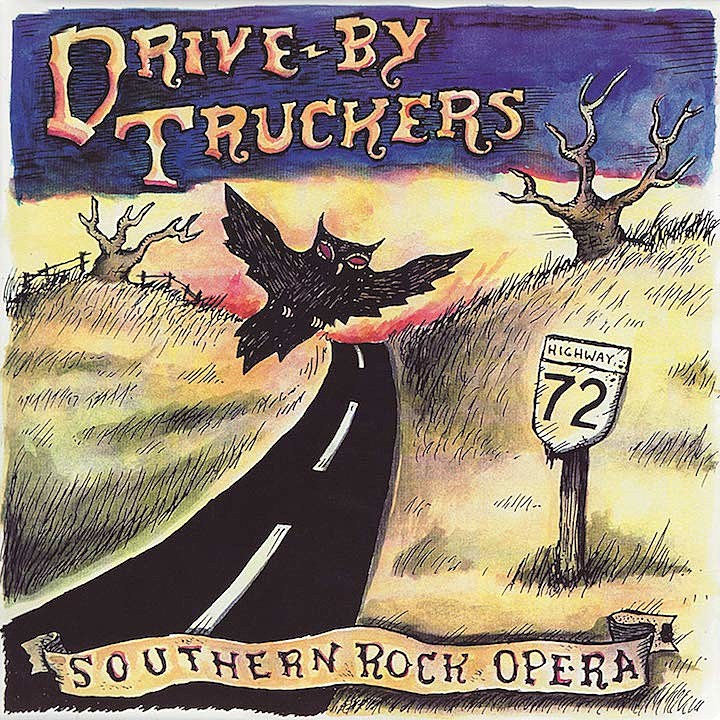
9. Drive-By Truckers, 'Southern Rock Opera' (2001)
An independently funded dream project that predated the founding of Drive-By Truckers, Southern Rock Opera unfolds like the slow-and-low simmered project it was. Every detail in this gothic tale of growing up in the Deep South – and in the shadow of Lynyrd Skynyrd's fall from the sky – is honed to a glinty edge. Patterson Hood has since built a well-earned reputation for both celebrating and smartly eviscerating Dixie rituals, institutions, myths and misfires. That sharply intelligent journey into the essential duality of his homeland found its first full flowerings right here.
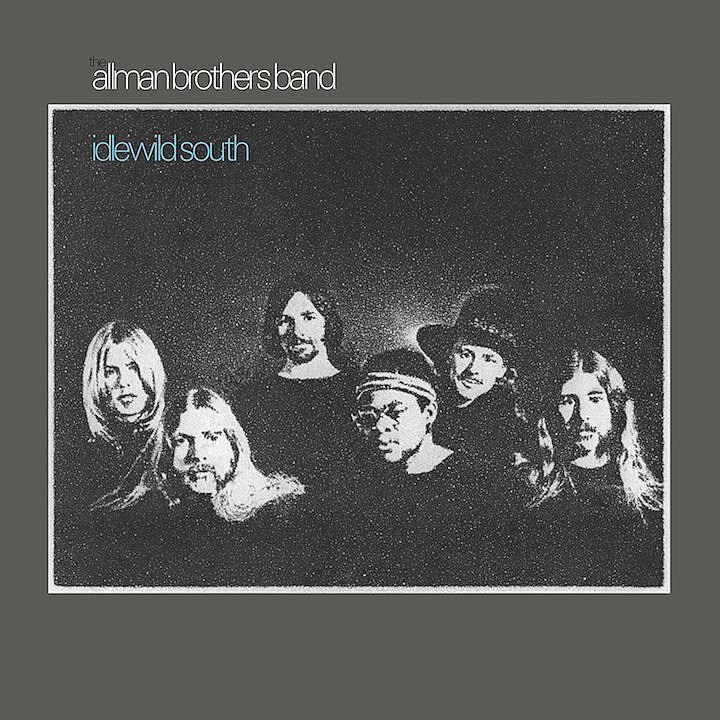
8. Allman Brothers Band, 'Idlewild South' (1970)
If you were judging on punching power alone, the more sophisticated Idlewild South would switch places on this list with the Allman Brothers Band's self-titled debut. If you're looking for the group's true big-bang moment, however, this is it. Dickey Betts' "In Memory of Elizabeth Reed" provided a wellspring of inspiration for their career-making Fillmore East recordings. "Midnight Rider" and "Please Call Home" opened the door for later-era acoustic-based songs. "Hoochie Coochie Man," and "Leave My Blues at Home" circle back to those early roots, while "Revival" – the band's first-released Betts composition – pointed to where the group would go in the post-Duane Allman era.

7. ZZ Top, 'Tres Hombres' (1973)
No Gulf Coast band was as deeply rooted in the blues (or in the iconography of Texas), and that helped set ZZ Top apart from the likes of Lynyrd Skynyrd and the Allman Brothers Band. Still, they'd issue two widely ignored albums before finally hitting their creative stride here. "La Grange" became the band's first charting song at No. 41; it was soon joined on the radio by several others, including the album-opening pairing of "Waitin' for the Bus" and "Jesus Just Left Chicago." "Move on Down the Line" even hints at the more chart-friendly fare to come on Eliminator. The result is ZZ Top's best album. To quote another deep cut, they'd finally found something that was "Hot, Blues and Righteous."

6. The Allman Brothers Band, 'Brothers and Sisters' (1973)
The first album to be finished without any contributions from Duane Allman, Brothers and Sisters saw the ascension of Dickey Betts (who penned both the country-tinged No. 2 hit "Ramblin' Man" and the delightful instrumental "Jessica"), as well as the addition of pianist Chuck Leavell. That represented a radically altered sound for a group that had long relied on a muscular two-guitar front. Gregg Allman's stirring vocal showcase on "Southbound" also found a home on FM radio, helping Brothers and Sisters become a surprise chart-topper. By smartly expanding their sound rather than trying to replace the truly irreplaceable Duane, the group set an unlikely template for surviving that continued for decades.
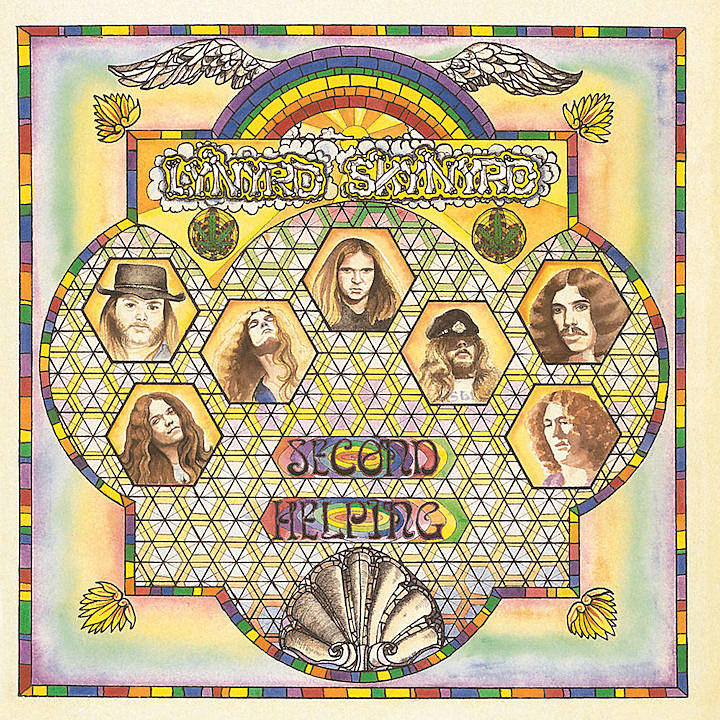
5. Lynyrd Skynyrd, 'Second Helping' (1974)
Lynyrd Skynyrd arrived at these sessions with a head of steam, having built upon their signature debut with an opening spot on the Who's Quadrophenia tour. They also promoted Ed King, and that unlocked something creatively for the band. He joined their three-guitar attack, perhaps best heard on the album-closing cover of J.J. Cale's "Call Me the Breeze." But he also contributed ideas that completed "Sweet Home Alabama," Skynyrd's biggest hit at No. 8. Elsewhere, stalwart Gary Rossington collaborated with Ronnie Van Zant on "Don't Ask Me No Questions," while fellow guitarist Allen Collins helped out on the devastating "Needle and the Spoon." Second Helping didn't rock as hard as their first album, but it may have had more heart.
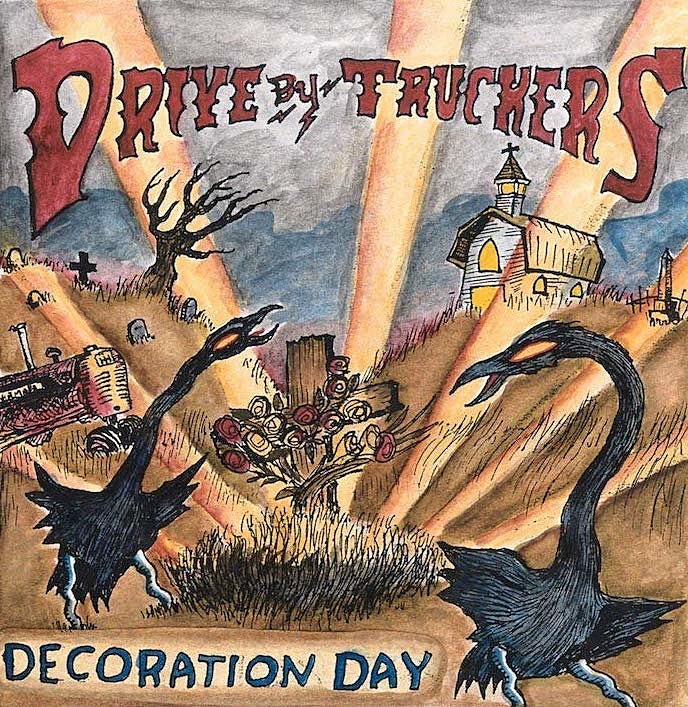
4. Drive-By Truckers, 'Decoration Day' (2003)
The Drive-By Truckers came into their own here, adding an intriguing new voice in Jason Isbell. Fresh off Southern Rock Opera, they took a turn toward the more contemplative, telling inky tales of difficult choices and love gone wrong. Isbell, a decade younger than co-founders Patterson Hood and Mike Cooley, played a key role in that shift: The title track was the first thing he ever wrote with the Drive-By Truckers. But something more fundamental was already changing, as the group began to rely more on their instincts, first in hiring Isbell and then in their entire approach to Decoration Day. They'd steadily gained enough experience to be great, and now they were putting it to good use.
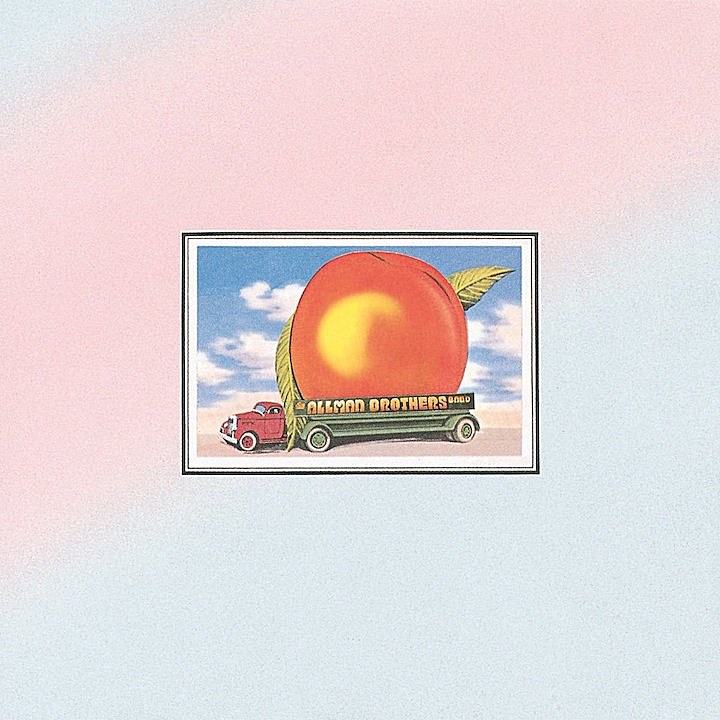
3. The Allman Brothers Band, 'Eat a Peach' (1972)
Cobbled together in the wake of Duane Allman's death, Eat a Peach became both an emotional memorial to his greatness and the initial road map for carrying on. The Allman Brothers Band had finally broken through with 1971's At Fillmore East before Allman met his fate at a Macon, Ga., intersection. That left his bandmates to combine early sessions they'd already finished with Fillmore leftovers (including a half-hour examination of "Mountain Jam") and – in a move that hurtled Eat a Peach to greatness – some key new songs. Gregg Allman said the touching ballad "Melissa" had been one of Duane's favorites; "Ain't Wastin' Time No More" directly addressed what must have been an unfathomable pain. Meanwhile, Dickey Betts' "Les Brers in A Minor" hinted at where they'd go on Brothers and Sisters.
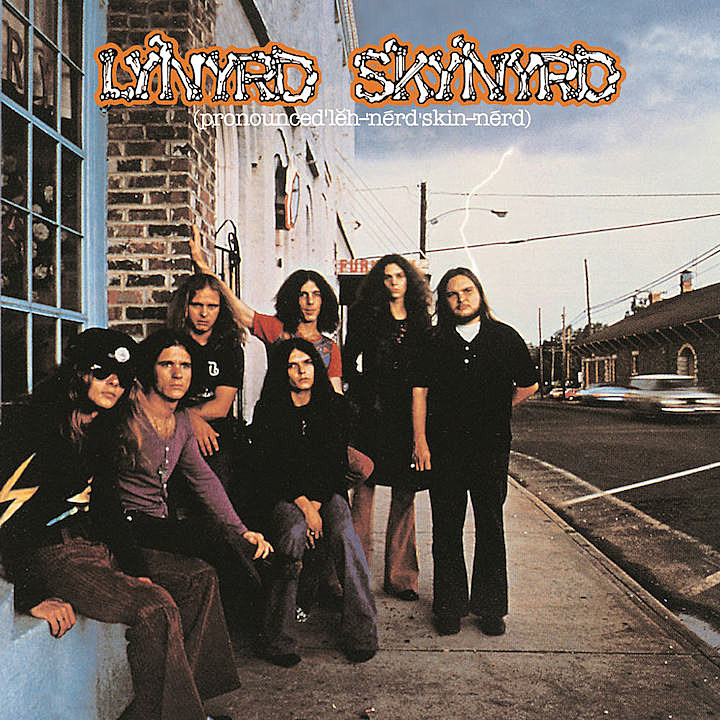
2. Lynyrd Skynyrd, '(Pronounced Leh-nerd Skin-nerd)' (1973)
Lynyrd Skynyrd had worked for years to get to this point, and it showed. (Pronounced Leh-nerd Skin-nerd) was a song-by-song foundation-laying success. In fact, with tracks like "Tuesday's Gone," "Gimme Three Steps," "Simple Man" and the forever-requested "Free Bird," it almost plays like a greatest-hits package. But they certainly weren't an overnight sensation: The core of Ronnie Van Zant, Allen Collins and Gary Rossington had been playing music together as far back as 1964. Band names and bandmates came and went before they finally settled on Lynyrd Skynyrd, but by then they had amassed a deep well of lean, hard-rocking, often darkly poetic songs. That edge set them apart.
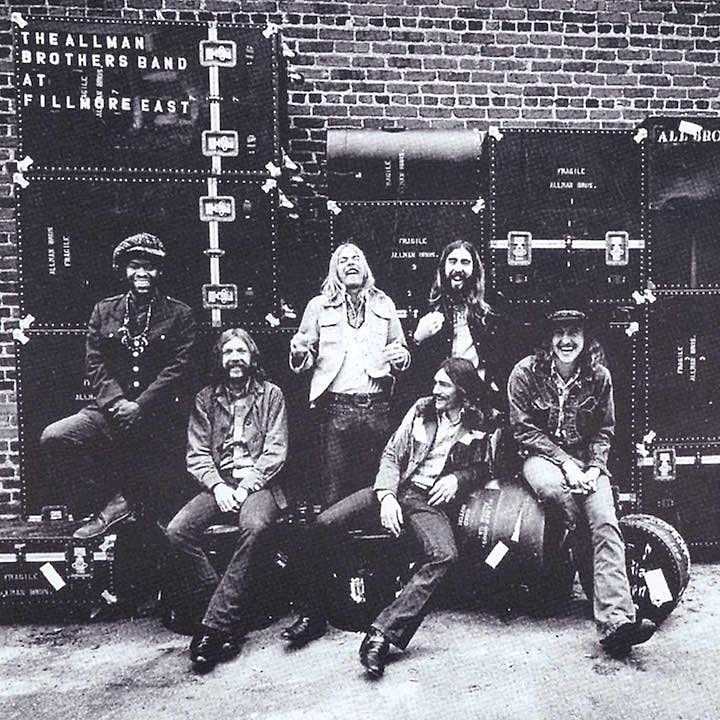
1. The Allman Brothers Band, 'At Fillmore East' (1971)
This project would make or break the Allmans, and they knew it. That's why they settled on making a live album, something that would showcase their strengths as improvisers. That's why they met with producer Tom Dowd after the first show, sketching out which songs needed another run-through. That's why they empowered Dowd to edit and, in some cases, condense their performances in order to achieve something greater than the sum of those evenings' parts. It worked. At Fillmore East remains a last will (this was the final album released in Duane Allman's lifetime) and a testament – to the Allman Brothers Band, and to Southern rock's lasting power and beauty. It's not just the best of its kind; At Fillmore East might be the best live rock album ever.
https://youtu.be/SgGS2Y6oEvc